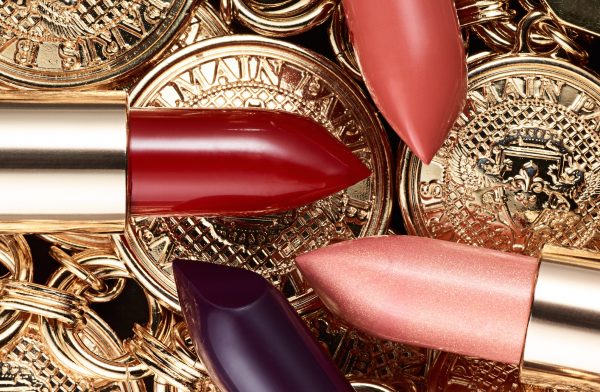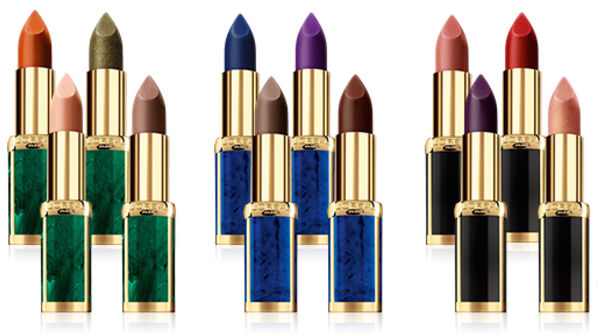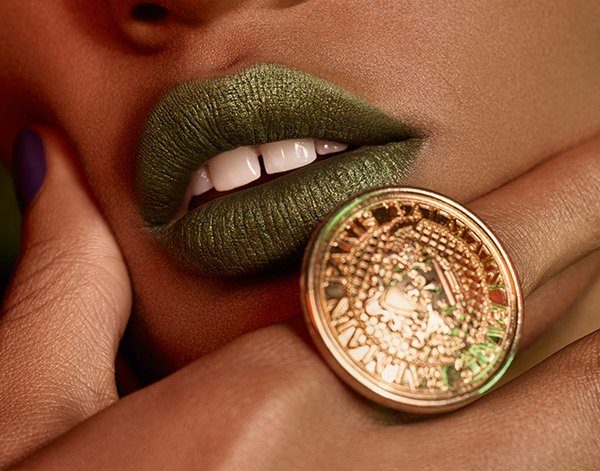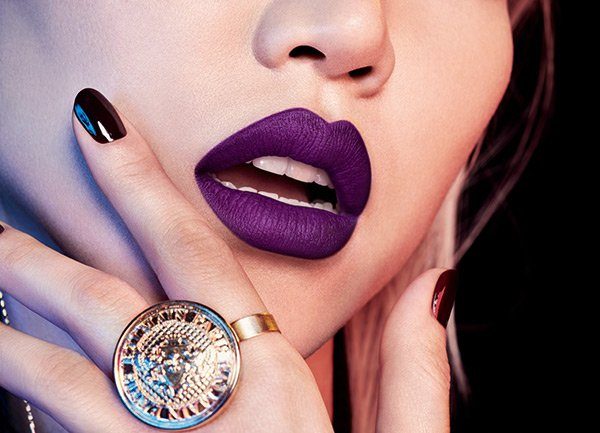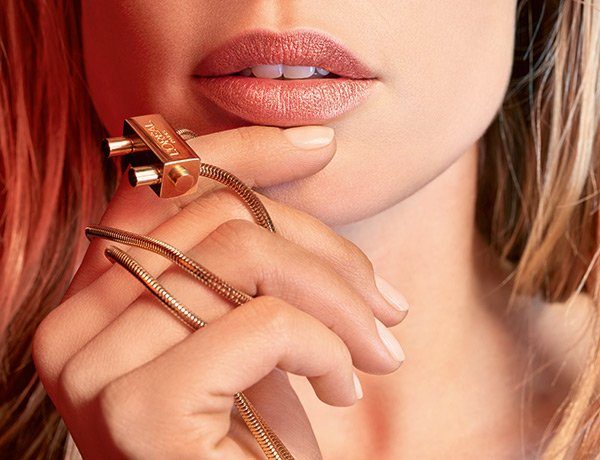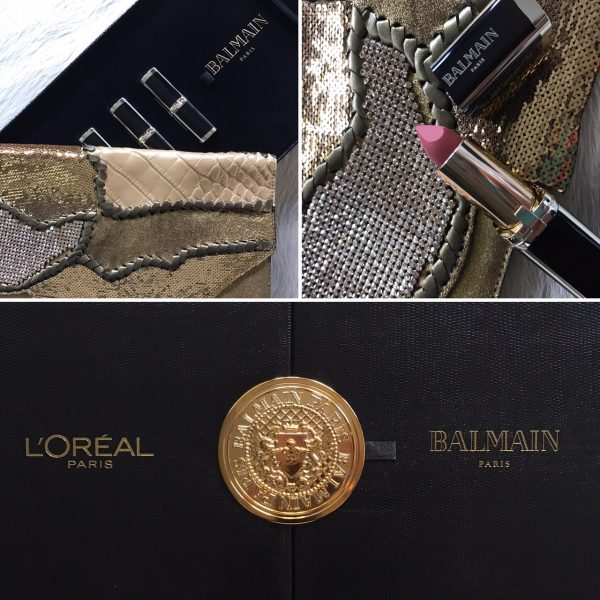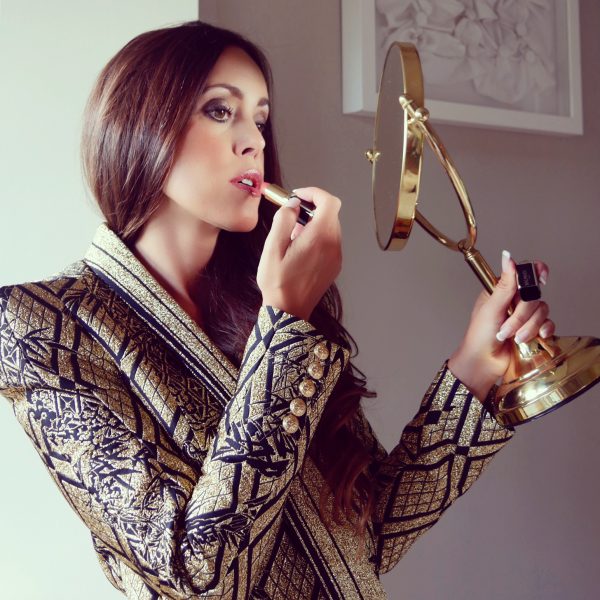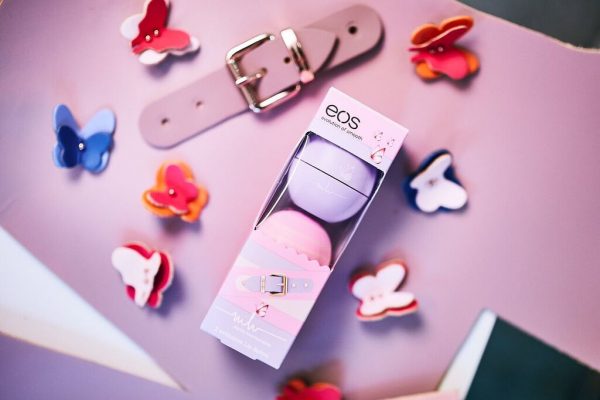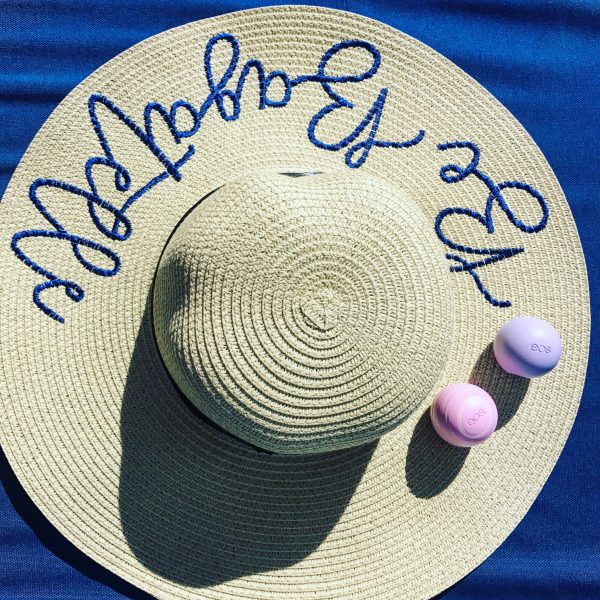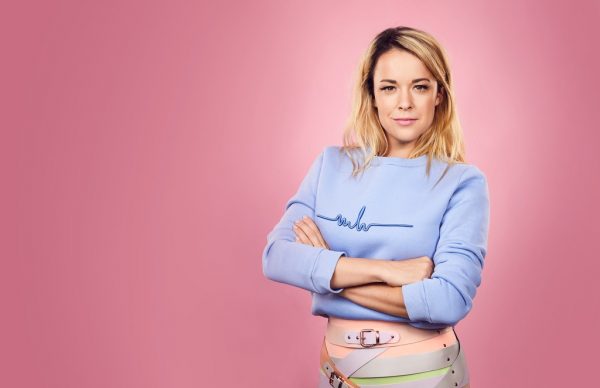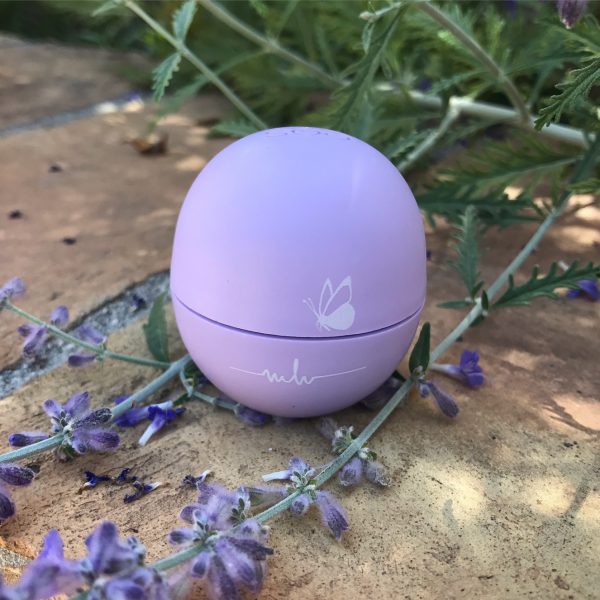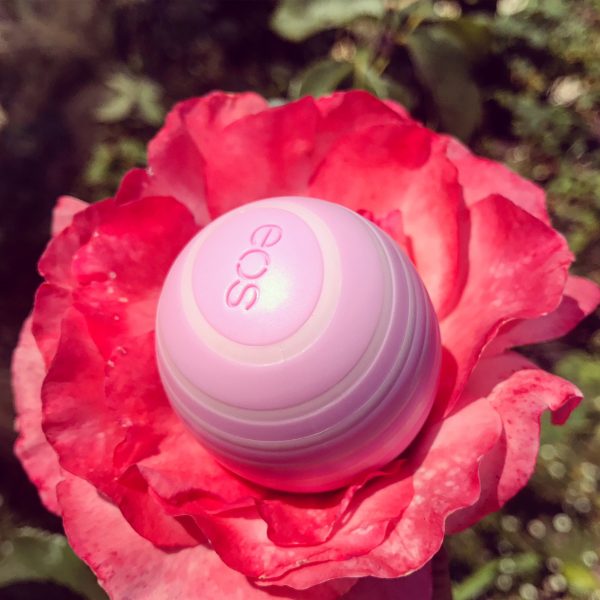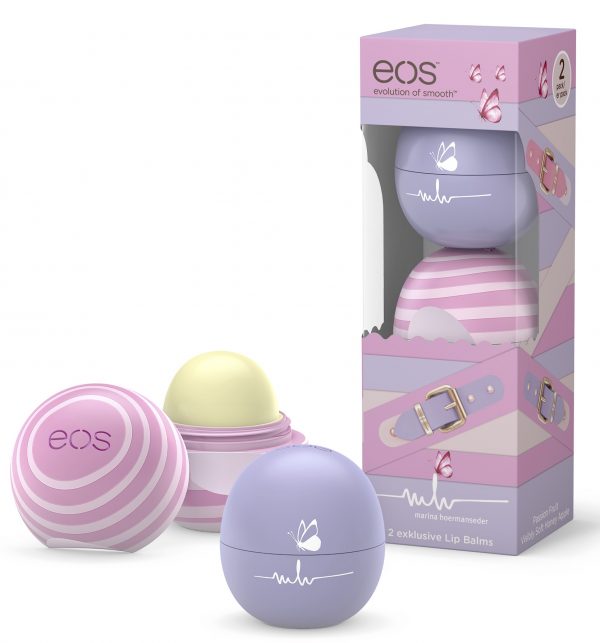
«Sassy, rather rebellious, Jean Luc Amsler will always be there where we least expect him.»
Franco-Swiss fashion designer JEAN LUC AMSLER was born in Switzerland in the mid-1960’s. After his studies, he moved to Antwerp and then to Paris, where he started his fashion career in the mid 1980’s. He gained experience by working at renowned houses such as Yves Saint Laurent, Jean Louis Scherrer, Christian Dior and Cartier, just to name a few. By 1992, Jean Luc felt that he had reached the point where he could design for himself, and he started his own eponymous couture brand in Paris.
For us, he shares his insider scoop on the city I live in with us, ZURICH. With the stunning backdrop of the Swiss Alps, the city offers a unique mixture of attractions. Jean Luc’s tips are absolutely great – even I have discovered something I didn’t know about before. Enjoy!
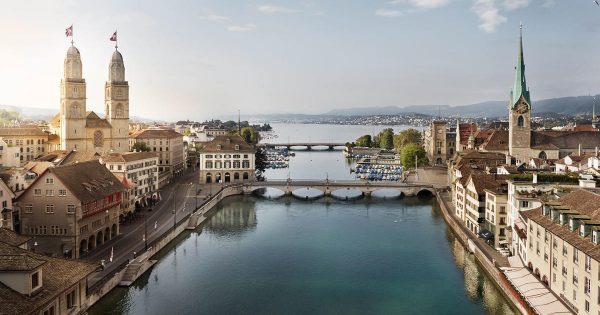
Your favourite city?
ZURICH, because it is my grand father’s city.

Your favourite hotel?
THE DOLDER GRAND, where I presented my first show in 1994.
Kurhausstrasse 65, 8032 Zurich, Phone +41 44 456 60 00

Your favourite restaurant?
KRONENHALLE, I still have great memories there with Gustav Zumsteg in 1995.
Rämistrasse 4, 8001 Zürich, Phone +41 44 262 99 00
 Zurich, 1979. Yves Saint Laurent with Gustav Zumsteg’s mother Hulda Zumsteg (left) at Kronenhalle.
Zurich, 1979. Yves Saint Laurent with Gustav Zumsteg’s mother Hulda Zumsteg (left) at Kronenhalle.
(Gustav Zumsteg was the owner of the restaurant Kronenhalle until his death in 2005. Moreover, he had worked his way up from the level of apprentice to chief designer at the traditional silk company Abraham, which he later acquired. Zumsteg collaborated with renowned Parisian fashion houses, such as Cristóbal Balenciaga, Christian Dior, Hubert de Givenchy, and most of all Yves Saint Laurent, with whom he became very close.)

Your favourite bar or nightclub?
TINA BAR, for its selective cocktail menu and the cosy atmosphere. It’s also in the middle of the old town, a great area to walk around and get lost during the night.
Niederdorfstr. 10, 8001 Zurich, Phone +41 44 250 76 80

Your favourite sightseeing spot?
LINDENHOF HILL, because there you can admire the whole city and also read a book in the park. A quiet spot in the heart of the city.
Lindenhof, 8001 Zurich
(The Lindenhof is a moraine hill and a public square in the historic center of Zurich. It is the site of the Roman and Carolingian era Kaiserpfalz around which the city has historically grown. The hilltop area -including its prehistoric, Roman, and medieval remains – is listed as a Swiss heritage site of national significance.)

Your favourite park?
The BRUNO WEBER PARK. It’s like entering in a fairytale, a mix of art and fantasy.
Zur Weinrebe 3, 8953 Dietikon, Phone +41 44 740 02 71

Your favourite beach ?
COCOA BEACH, the perfect place for a drink when the sun goes down. It’s a little island on the roof of the city.
Förrlibuckstrasse 115, 8005 Zurich, Phone +41 43 444 40 50
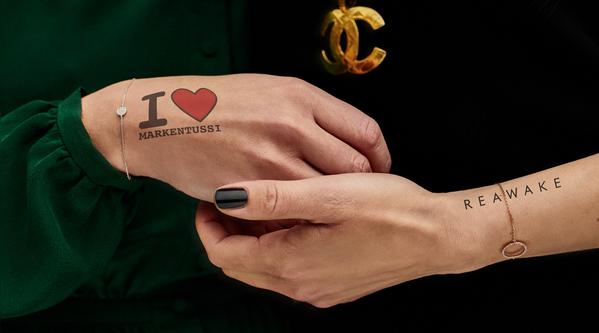
Your favourite shop?
MARKENTUSSI in Zurich’s North, it is a heaven for vintage clothes and furniture. They carry Chanel, Louboutin… many Parisian brands.
Kornhausstrasse 43, 8037 Zurich, Phone +41 43 557 63 93
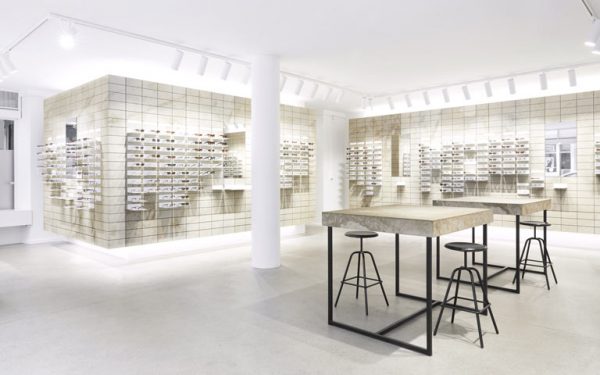
Your must-have accessory?
My glasses from VIU, I discovered this new Swiss designed eyewear brand and I love it!
Viu Flaghsip Store Zurich, Grüngasse 4, 8004 Zurich, +41 44 508 79 04

The best soundtrack for this destination?
REQUIEM FOR A DREAM composed by Clint Mansell for the eponymous movie, it represents dream and drama…
 Annemarie Schwarzenbach (23 May 1908 – 15 November 1942)
Annemarie Schwarzenbach (23 May 1908 – 15 November 1942)
The best book to read while being on vacation there?
LA QUÊTE DU RÉEL by Anne Marie Schwarzenbach, it means the quest of reality.
(Born in Zurich, Annemarie Schwarzenbach was a homosexual Swiss writer, journalist, photographer and traveler. Her father, Alfred, was a wealthy businessman in the silk industry. From an early age she began to dress and act like a boy, a behaviour not discouraged by her parents, and which she retained all her life. In fact in later life she was often mistaken for a young man.)
Thank you, Jean Luc Amsler, for sharing your insider scoop on Zurich with us!
LoL, Sandra
Photos: © Jean Luc Amsler, © Marianne Feilchenfeldt-Breslauer († 2001), © Richard Emler and courtesy of the different locations
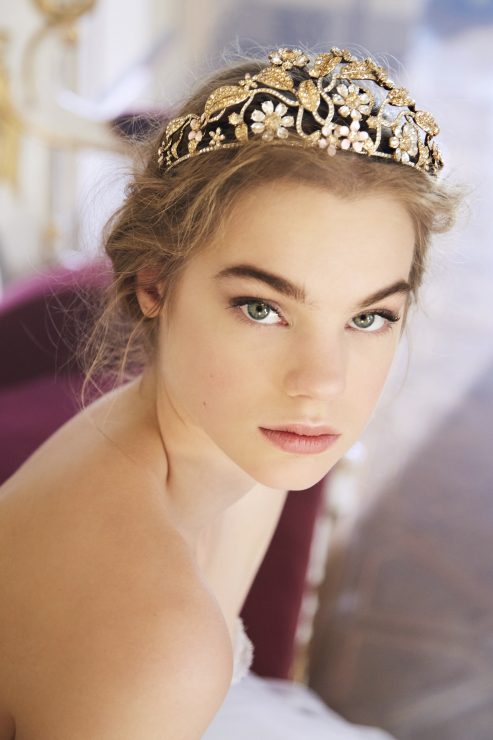
, has collaborated with SWAROVSKI to create a richly detailed and precious tiara to be worn by the debutantes at this prestigious event.
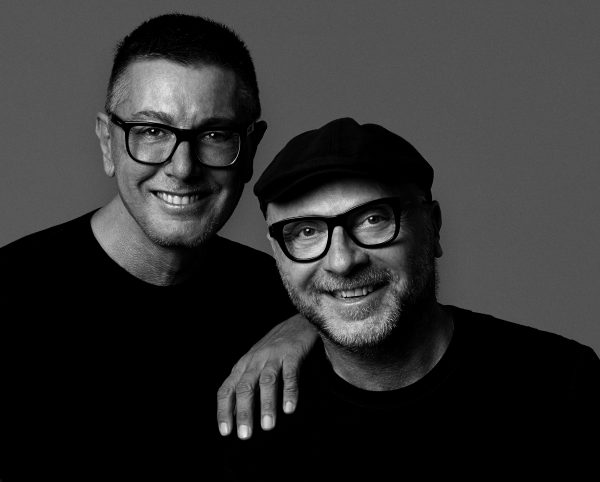 Dolce & Gabbana
Dolce & Gabbana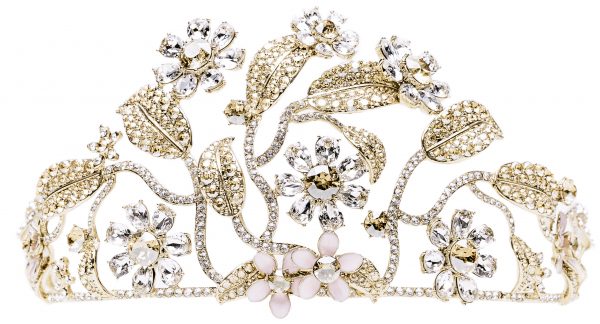
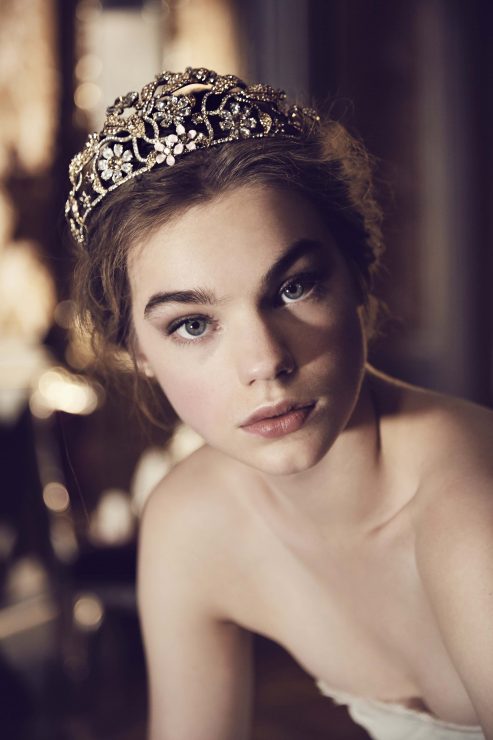
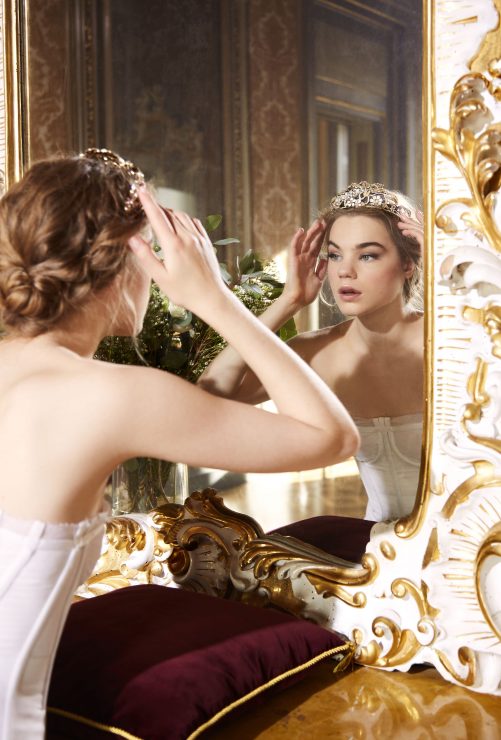


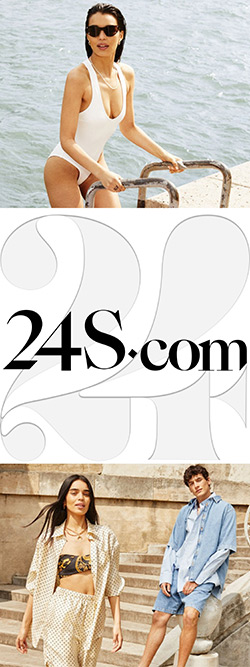






 Zurich, 1979. Yves Saint Laurent with Gustav Zumsteg’s mother Hulda Zumsteg (left) at Kronenhalle.
Zurich, 1979. Yves Saint Laurent with Gustav Zumsteg’s mother Hulda Zumsteg (left) at Kronenhalle.






 Annemarie Schwarzenbach (23 May 1908 – 15 November 1942)
Annemarie Schwarzenbach (23 May 1908 – 15 November 1942)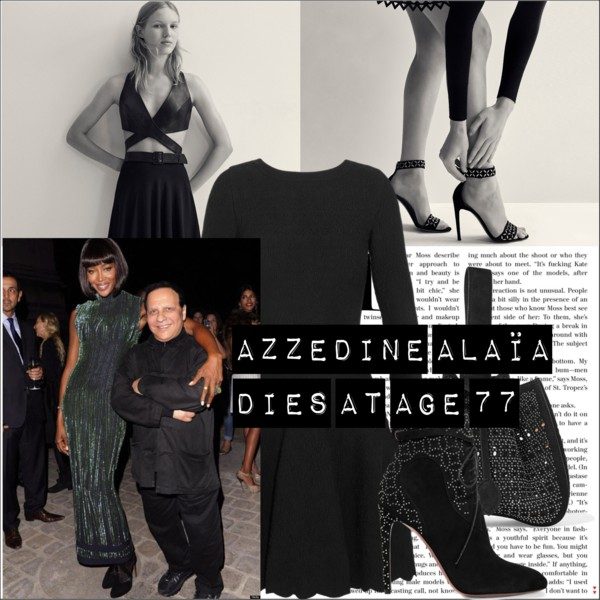
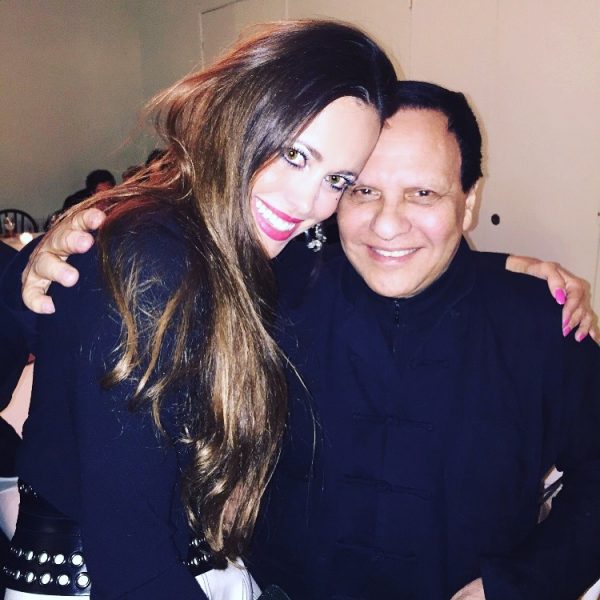 Azzedine Alaïa with me
Azzedine Alaïa with me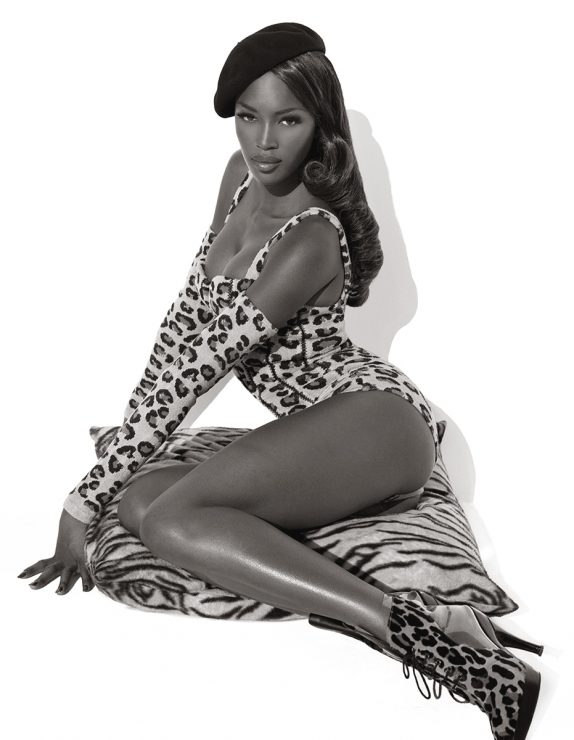 One of my favorite pictures in fashion history: Naomi Campbell photographed by Herb Ritts in Alaïa
One of my favorite pictures in fashion history: Naomi Campbell photographed by Herb Ritts in Alaïa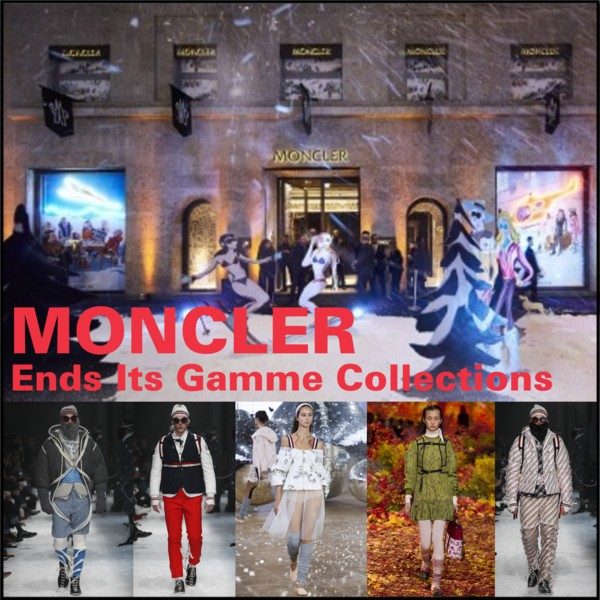
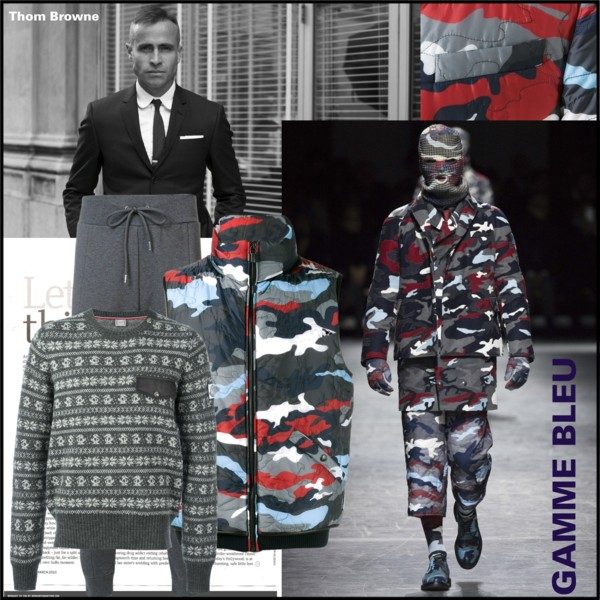


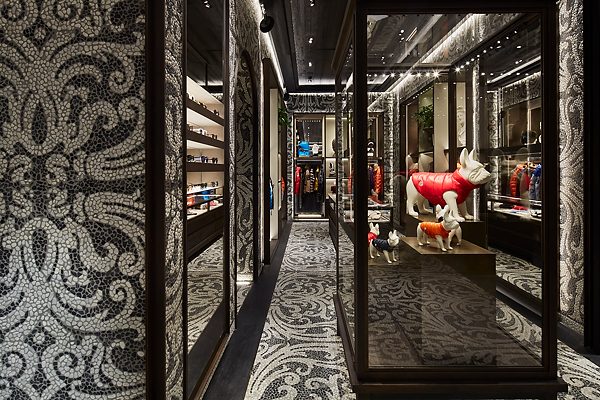
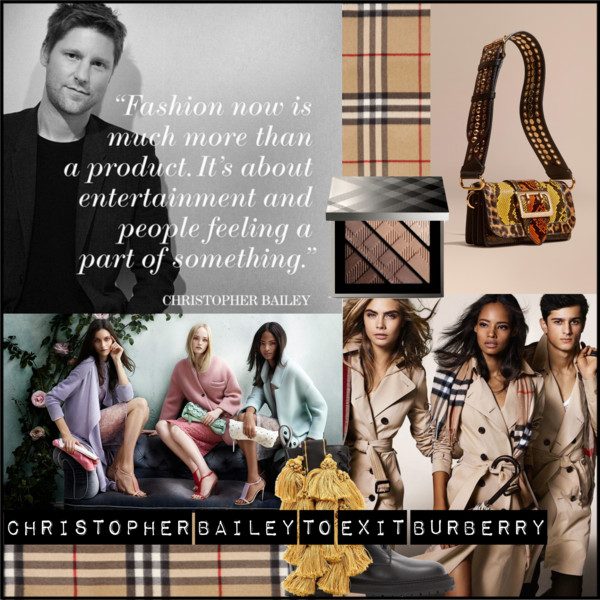
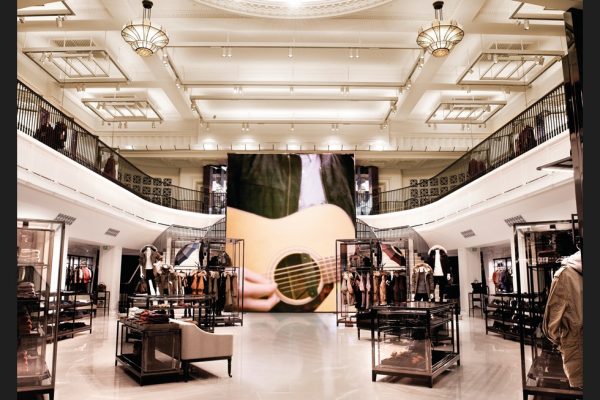 A digitalized shopping experience at Burberry’s Regent Street store in London.
A digitalized shopping experience at Burberry’s Regent Street store in London.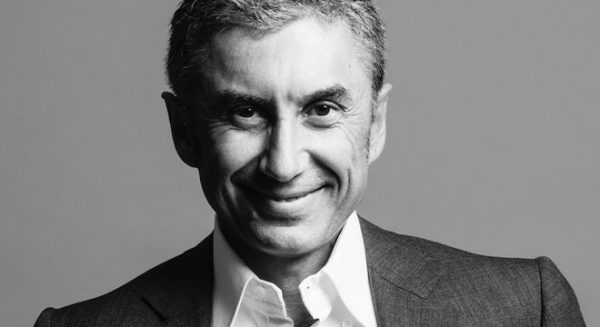 Marco Gobbetti
Marco Gobbetti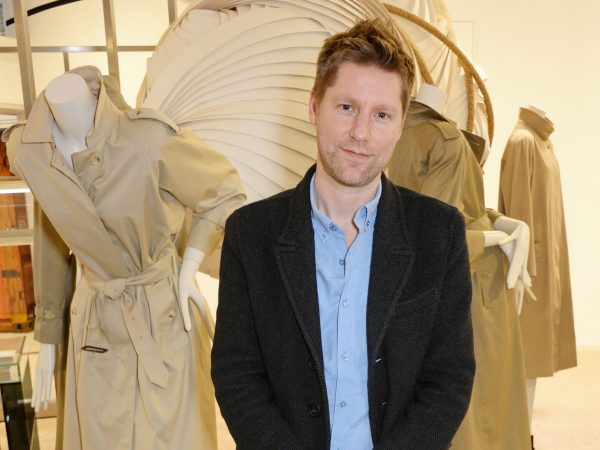 Christopher Bailey
Christopher Bailey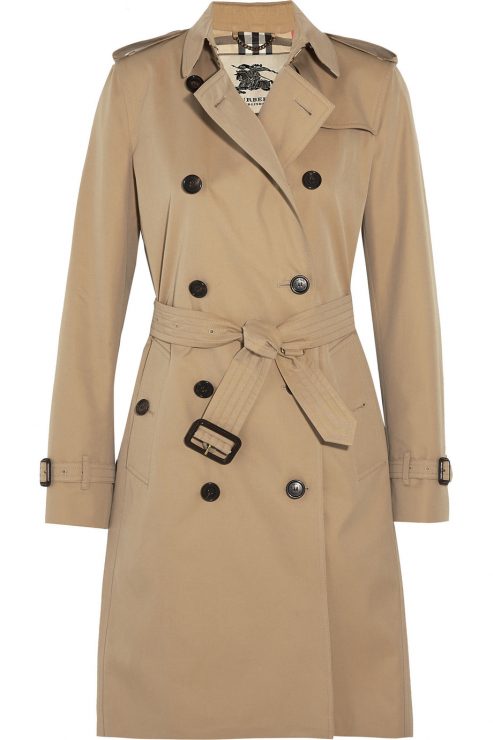
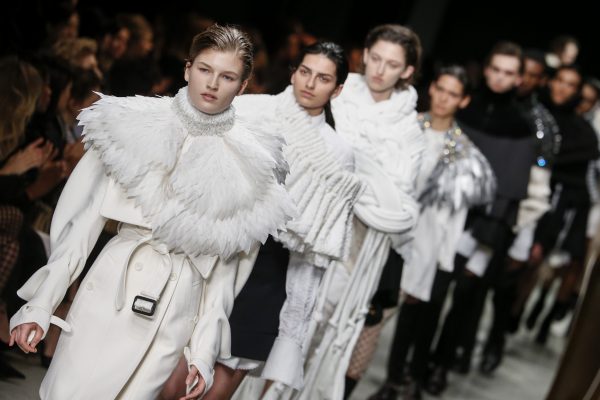 Burberry F/W 2017 show
Burberry F/W 2017 show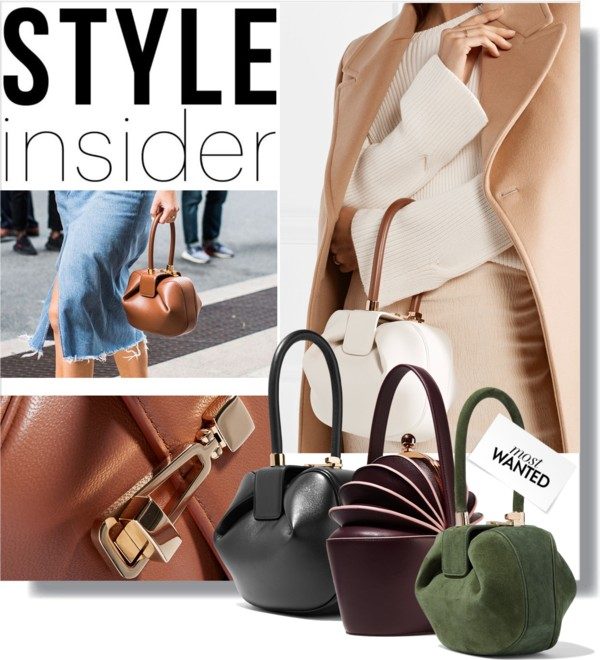

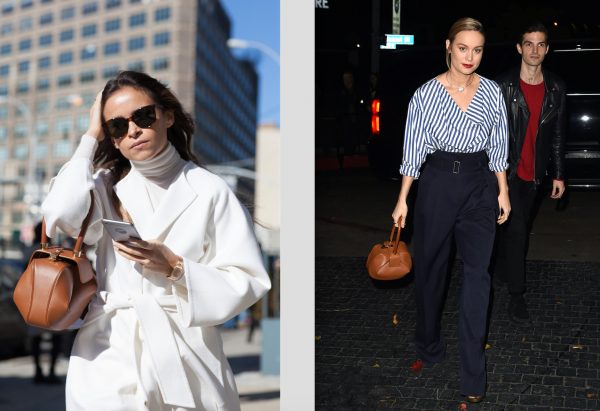 The friends of Gabriella Hearst who were carrying the famous
The friends of Gabriella Hearst who were carrying the famous 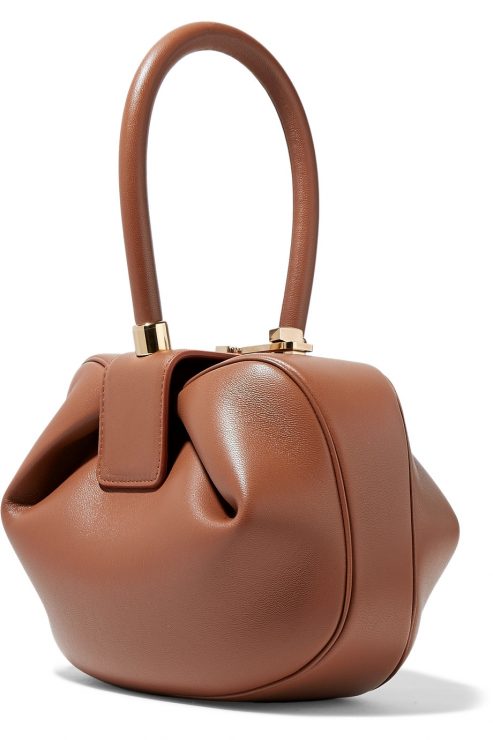 My favorite: the
My favorite: the 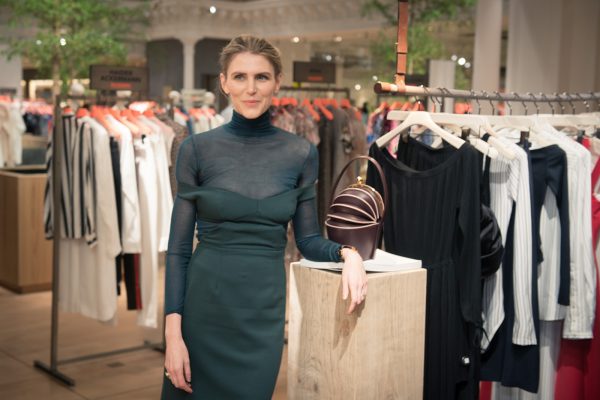 Gabriela Hearst …
Gabriela Hearst …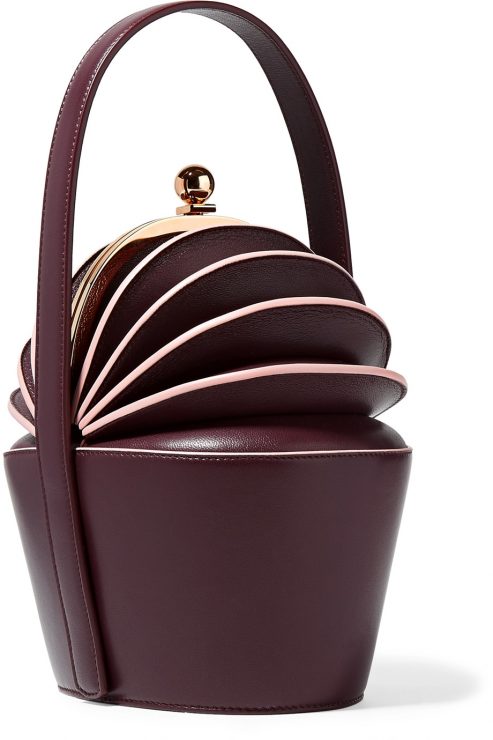 … next to her beautiful
… next to her beautiful 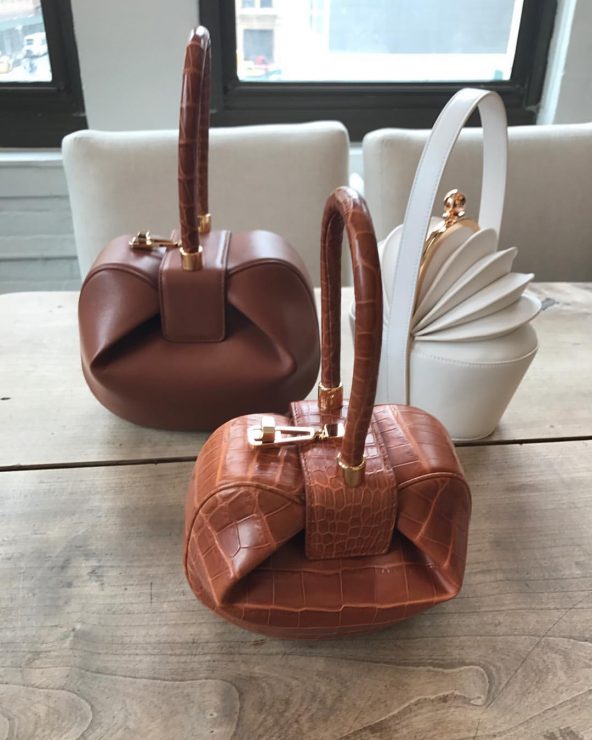 A trio of its own: the Nina, the Demi and the Ellie. Hard to decide… and not a lot of time left as they are selling out like crazy!
A trio of its own: the Nina, the Demi and the Ellie. Hard to decide… and not a lot of time left as they are selling out like crazy!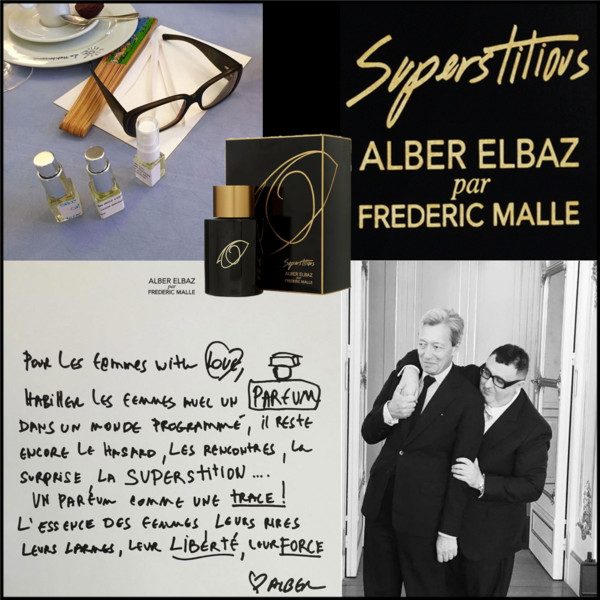
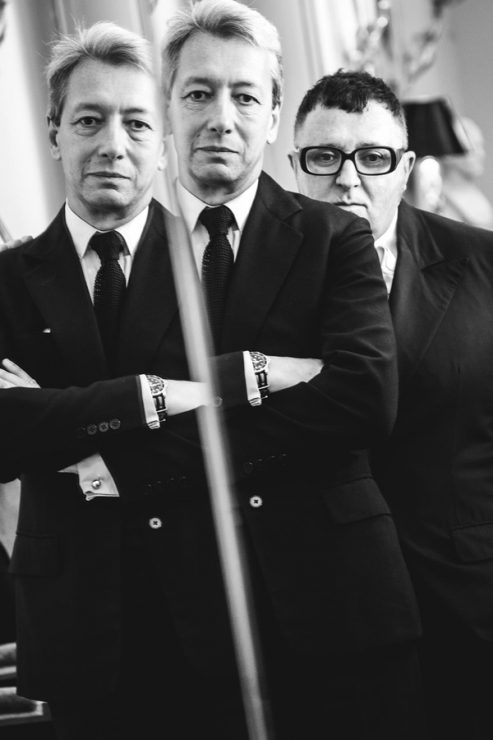 Dream team: Frédéric Malle and Alber Elbaz
Dream team: Frédéric Malle and Alber Elbaz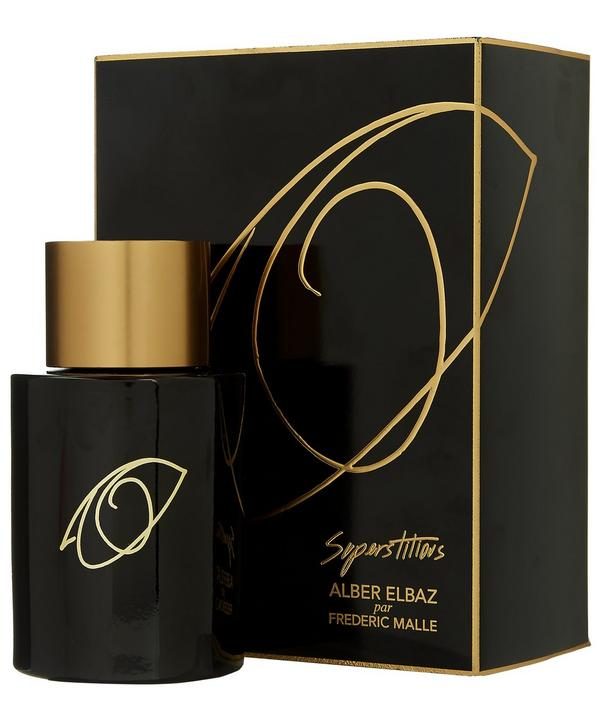
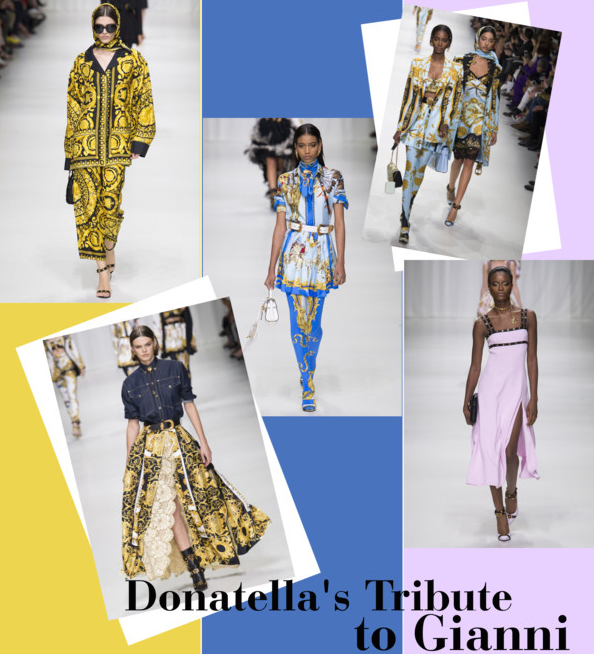
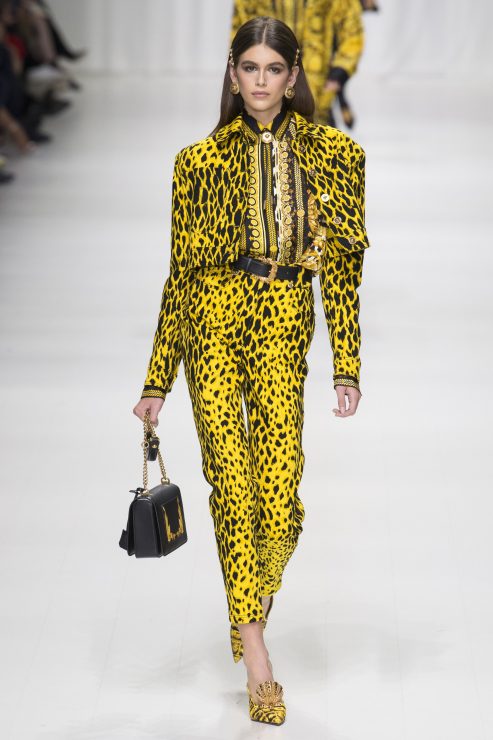 Gorgeous as her mother in the nineties… Kaia Gerber, daughter of Cindy Crawford, on the Versace S/S 2018 catwalk.
Gorgeous as her mother in the nineties… Kaia Gerber, daughter of Cindy Crawford, on the Versace S/S 2018 catwalk.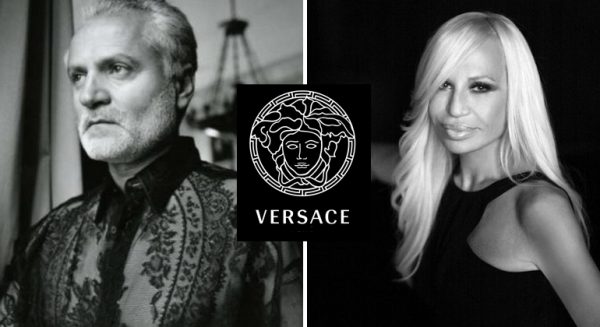
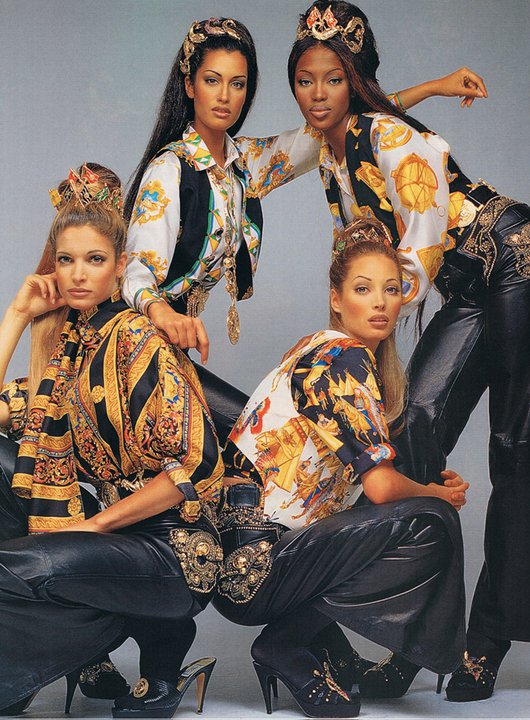 Versace in the ’90s
Versace in the ’90s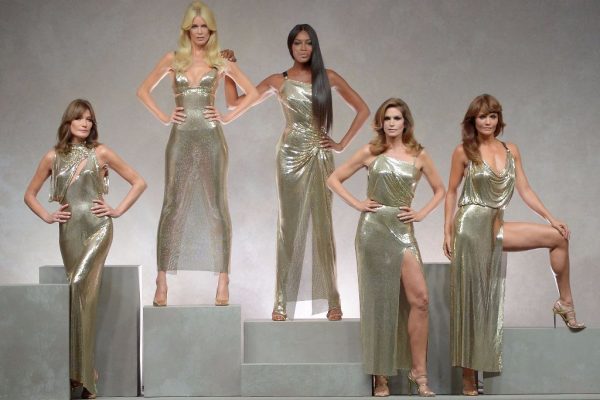 Beautiful finale of the S/S 2018 Versace: Carla Bruni, Claudia Schiffer, Naomi Campbell, Cindy Crawford, and Helena Christensen posing in classic Versace chainmail dresses.
Beautiful finale of the S/S 2018 Versace: Carla Bruni, Claudia Schiffer, Naomi Campbell, Cindy Crawford, and Helena Christensen posing in classic Versace chainmail dresses.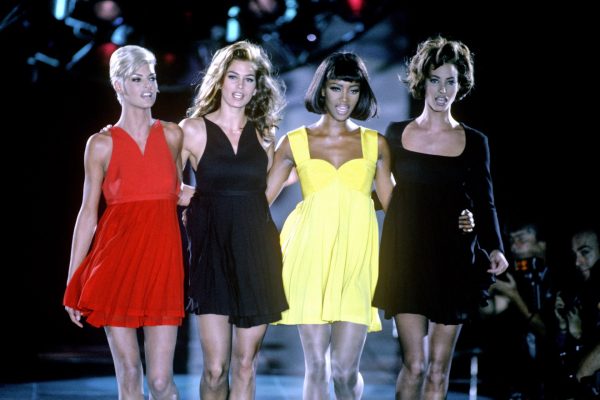 Linda Evangelista, Cindy Crawford, Naomi Campbell and Christy Burlington lipsynching to George Michael’s «Freedom 90» for the finale of Gianni’s Versace’s F/W 1991 show. Back then fashion was truly fun!
Linda Evangelista, Cindy Crawford, Naomi Campbell and Christy Burlington lipsynching to George Michael’s «Freedom 90» for the finale of Gianni’s Versace’s F/W 1991 show. Back then fashion was truly fun!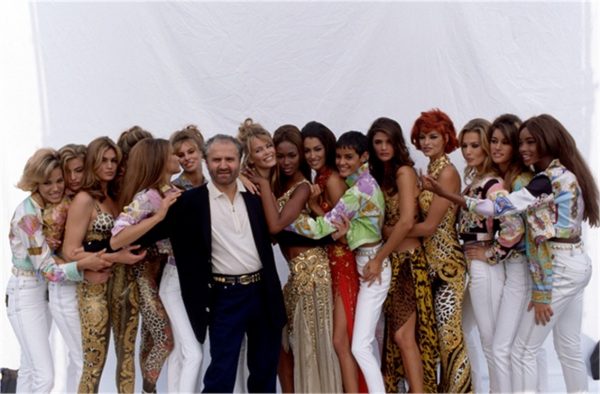 The era of the top models: Gianni Versace surrounded by them in 1991.
The era of the top models: Gianni Versace surrounded by them in 1991.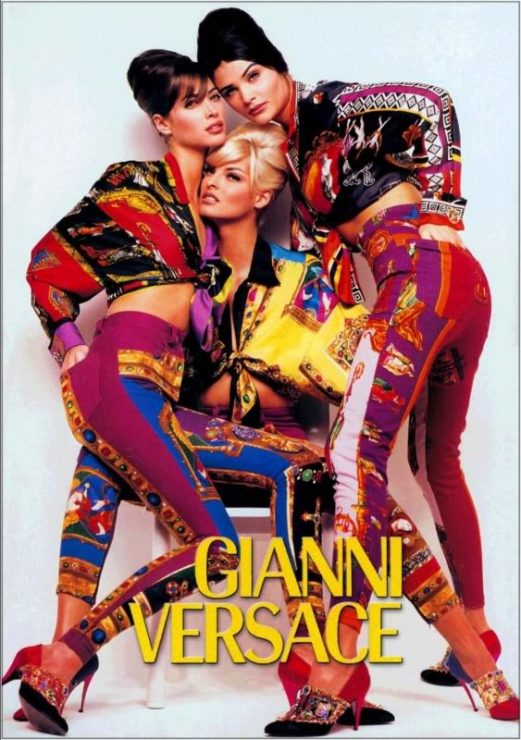 A beautiful Versace ad campaign from the ’90s.
A beautiful Versace ad campaign from the ’90s.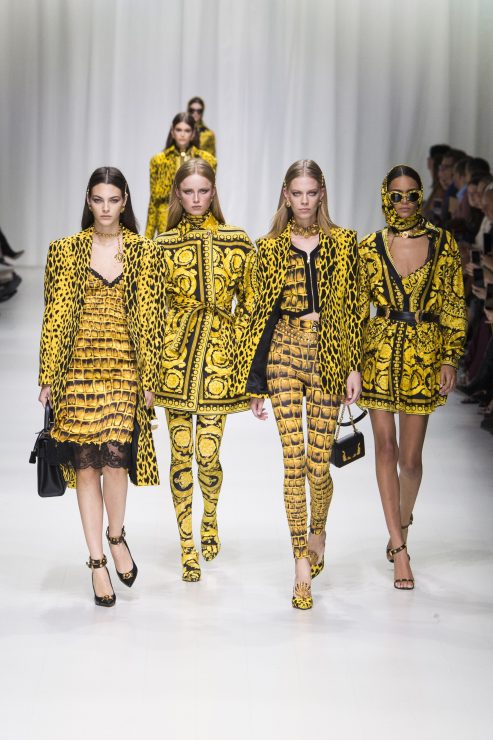
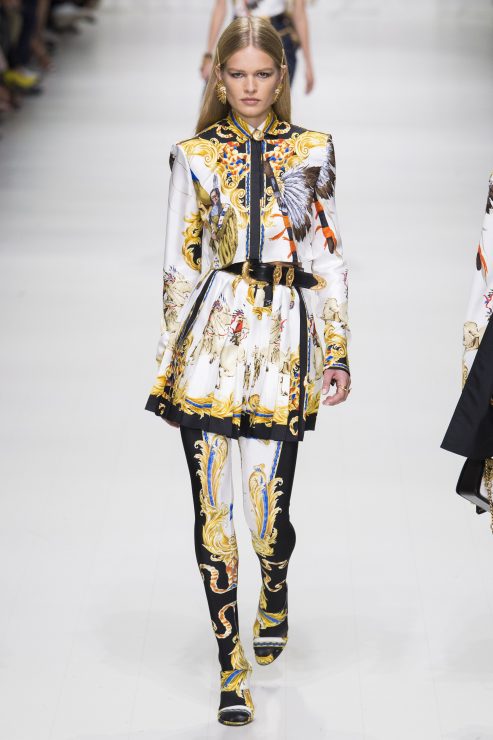
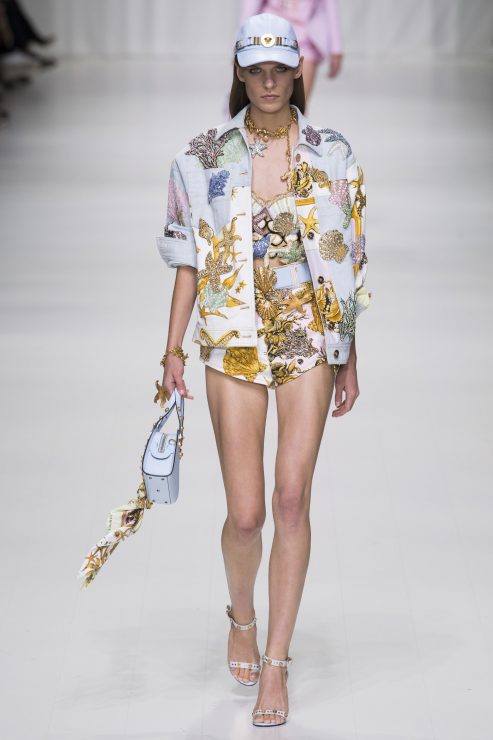
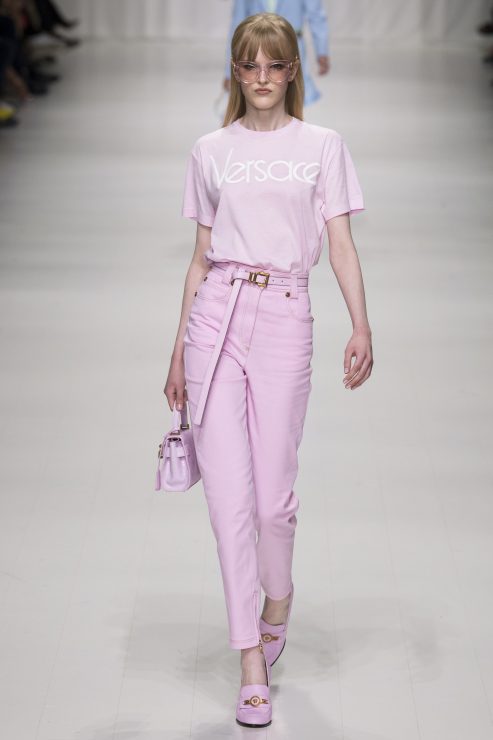
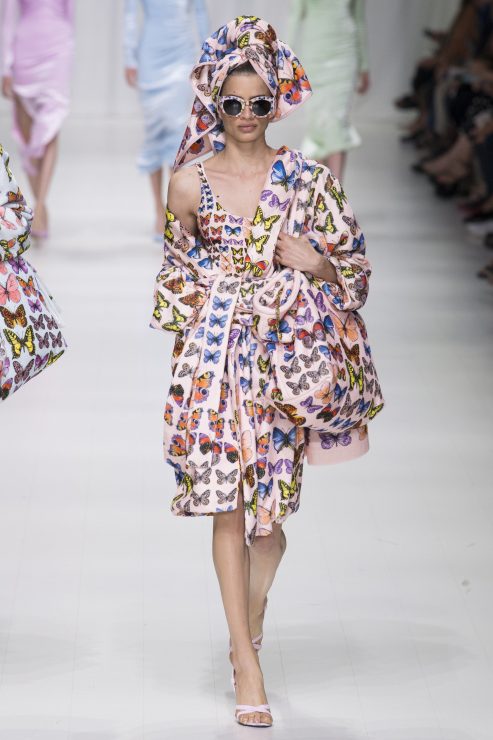
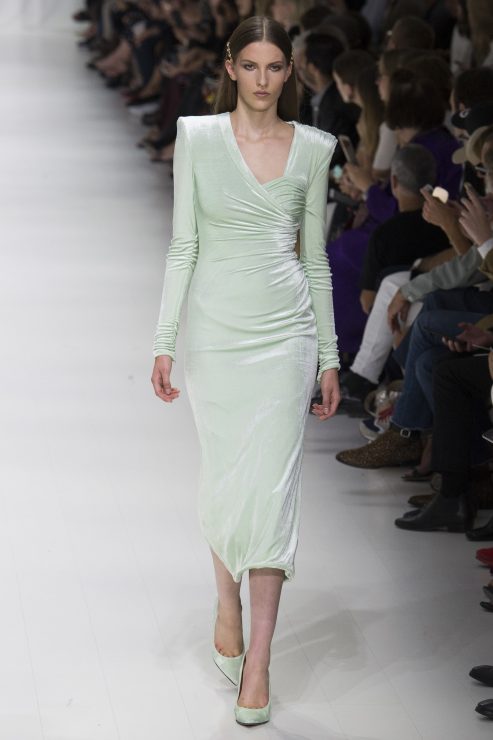
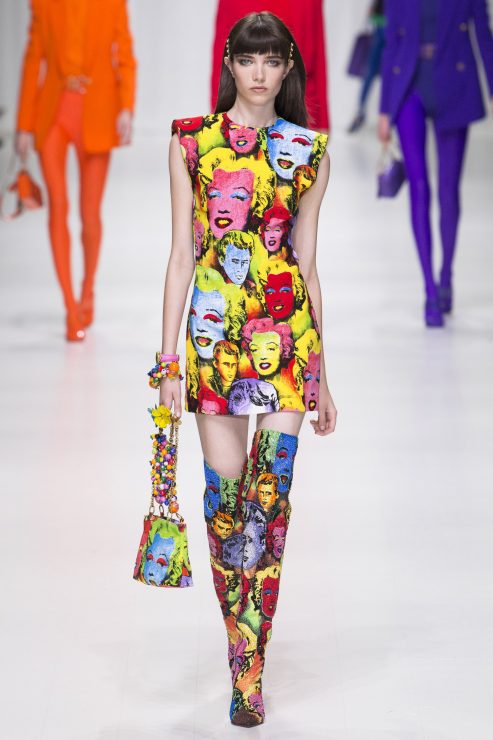
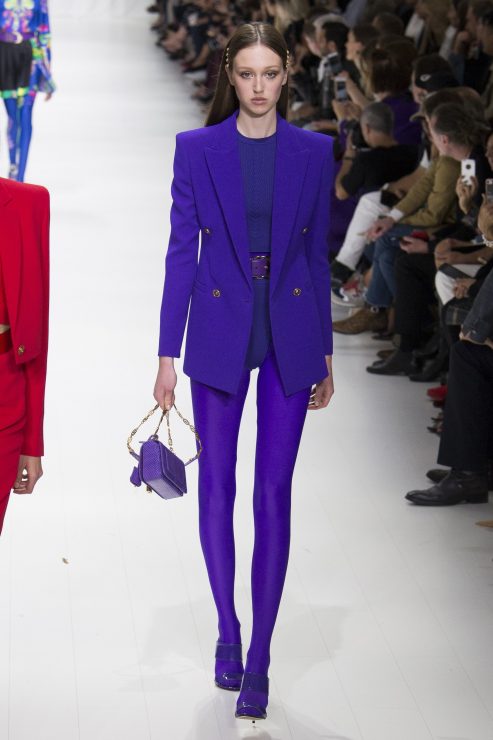
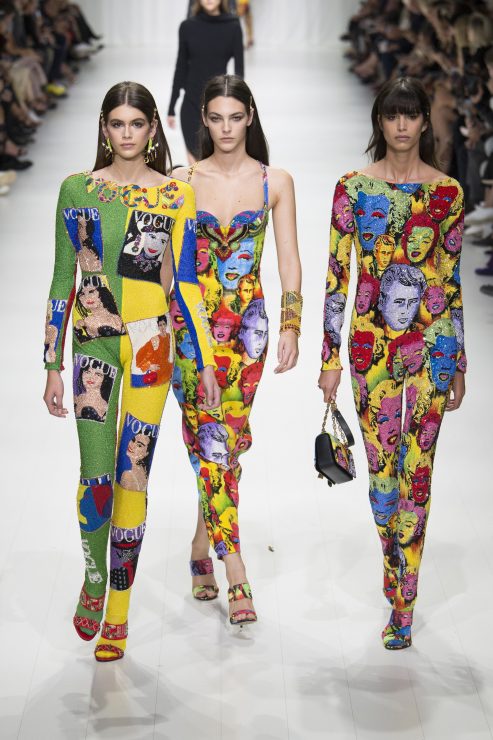

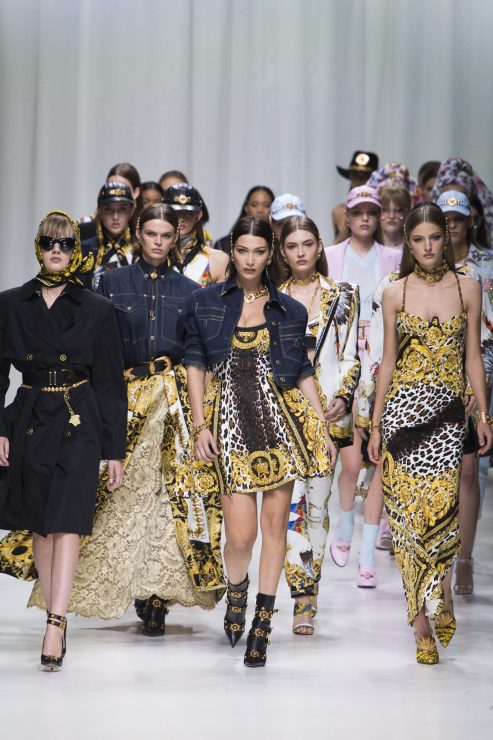

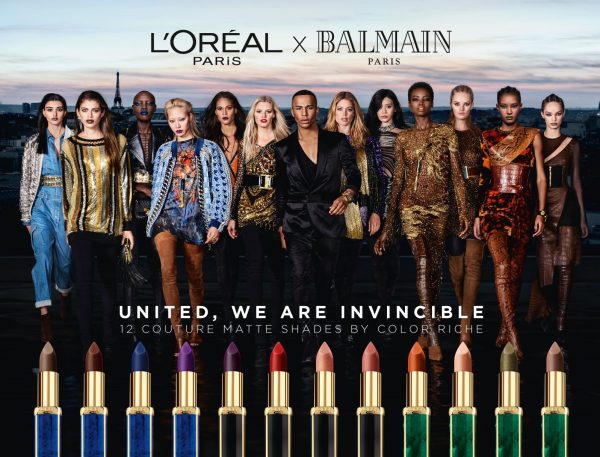
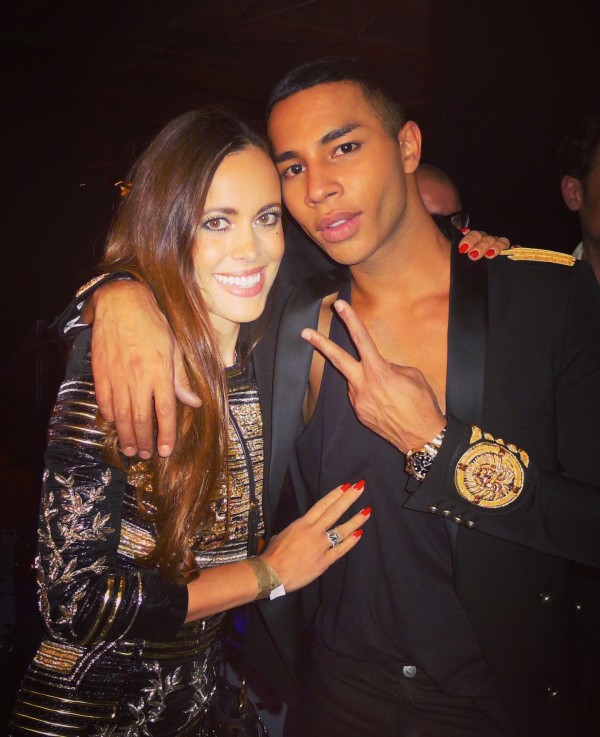 Olivier Rousteing with me
Olivier Rousteing with me